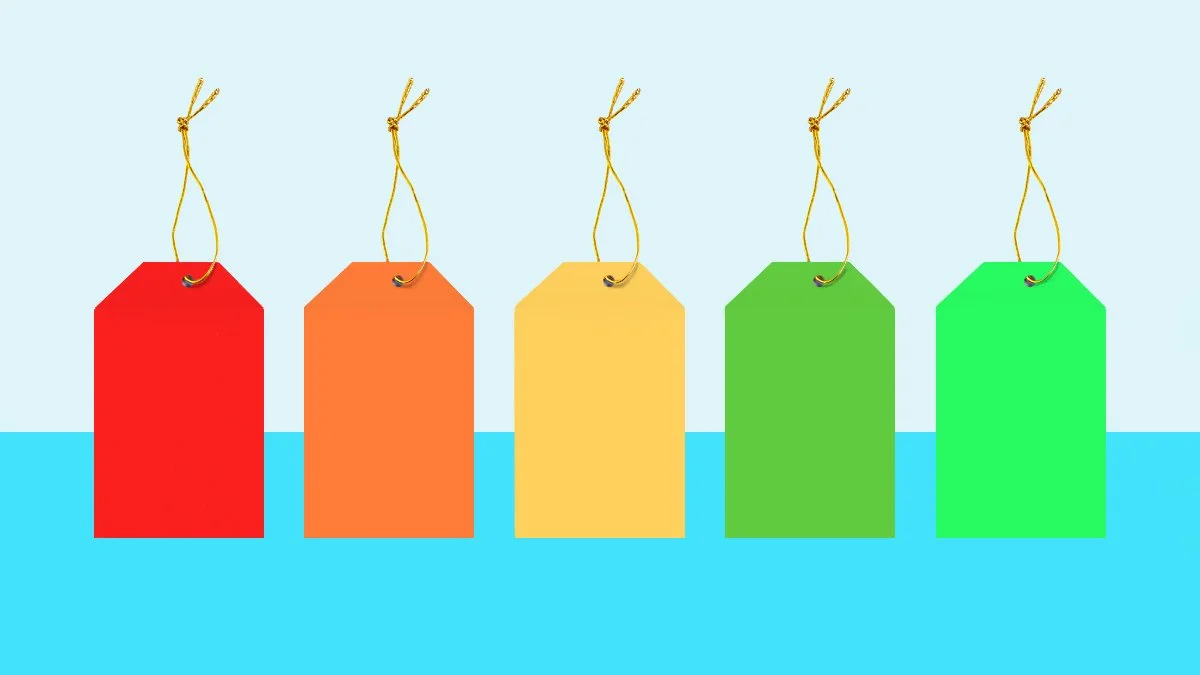GTM Strategy, chapter 3: how you are selling
Our previous 2 posts covered how to identify your target market/ICP and how to effectively position your product to reach them. With that foundation in place, we are now ready to discuss how you sell it, focusing on pricing and channel strategy.
The art of capturing value
There are two parts to your business model: how you capture value and how you graduate from intent to purchase. Let’s take them one at a time.
Keeping your pricing simple is the surest way to make it right
How you capture value is through your pricing. The question here is: what do you charge for your product? Pricing strategy is one of those areas in GTM that has plenty of literature, experts, specialized consultants and sophisticated models. Rightfully so because it is a massively important part of how you show up in the market. But in our perspective, there is a limited set of questions you want to answer here: what are the axes of value (what more am I getting if I pay more), how is it economically better than what I am doing today (what is my ROI), what is my commitment (eg pay as you go, monthly/yearly subscriptions).
There is no recipe to define your pricing but we believe in a few guiding principles:
Keep things simple: if you decide to price by seat, feature, usage or any other mechanism, make it very clear and easy to understand why the price goes up or down. For example: if you charge by seat, the more seats I want, the more I have to pay. It will make the calculation easier in your buyer’s head and avoid you being in a situation where 2 customers are paying a significantly different price for the same product.
Your price is too low: there is a common false narrative that the reason you are not selling more is because your price is too high. In a hyper competitive and hyper commoditized market, they have a point. In any other context, they don’t. In a world where being profitable is as important (if not more important) than acquiring new customers, pricing high is a must (that obviously assumes your product or service is easy to buy, delivers on its promise and offers a good experience). It will exhibit confidence, force your team to really define the value your product creates and leave some room for the inevitable end of the quarter discounts. At Facta Partners we have a very strong opinion on discounts: they are a currency to get something in exchange, beyond the mere deal. They should get you a commitment to buy more later, to get referrals, a case study, a webinar or whatever will help your business go further. If they are just a way to close a deal, they are a waste of money, and training your customer to expect them in future transactions.
Use common sense: if you sell a product at a loss in the hope that it will lead to selling profitable ones later, please think twice. You control your price, not what your buyers buy. We have seen countless businesses be very successful at selling the loss drivers and never convert that momentum into adding profit drivers. Back to principle number one, simplicity is key and common sense is your compass. If your pricing structure smells weird, it probably is.
Want to improve your sales process? Step 1 is to document it
The other side of the business model coin is how you sell. There are 2 avenues here: direct and indirect. In the software world the bulk of sales comes from direct (sales and/or product-led) and the rest from indirect (partners, resellers). Finding the right balance between the 2 avenues is a function of multiple factors: what your product enables (is it PLG friendly?), how your target customers buy (tried to sell into federal government, anyone?), your reach vs where your markets are located, your price (if your price is too low there is no room for the partner or reseller cut), your resources to name the main ones. Whichever balance you strike has to be supported by a process you can repeat and measure. If everyone does their own thing, you have no real idea what works. If you have a documented process, you know the parts that are on, the ones that are off and can iterate. It is true for your internal team and product in the direct scenario and the partners and resellers in the indirect one. The key takeaway here is to define your GTM process (end to end from marketing to sales to customer success), document it (what are the stages, what happens in each stage, what are the exit criteria) and set metrics to measure it. Start with what you do today. Seeing your process on paper usually opens the door to big realizations on what news to change. Then scrutinize your data frequently, as a team.
Next up: How you talk about it. Leave your email below to get this and future posts from Facta.
Ari & Frederic
Why Choose Facta Partners?
The Facta team has been servicing growth for over two decades. We will help you define what growth means to you, set the strategic direction to approach it, allocate resources to support it, design processes to deliver it and make sure your team and board are excited about it. We don’t stop at crafting the plan, we also help you to deliver, in the trenches.
Why Facta? Because we have done it, from Series A startups to Fortune 100 enterprises across industries. We have been operators, with people to lead, departments to align and boards to please. We know what works, what doesn't, why and have distilled those lessons into a methodology with a clear point of view.
We are your throughline to what’s next.

